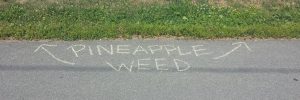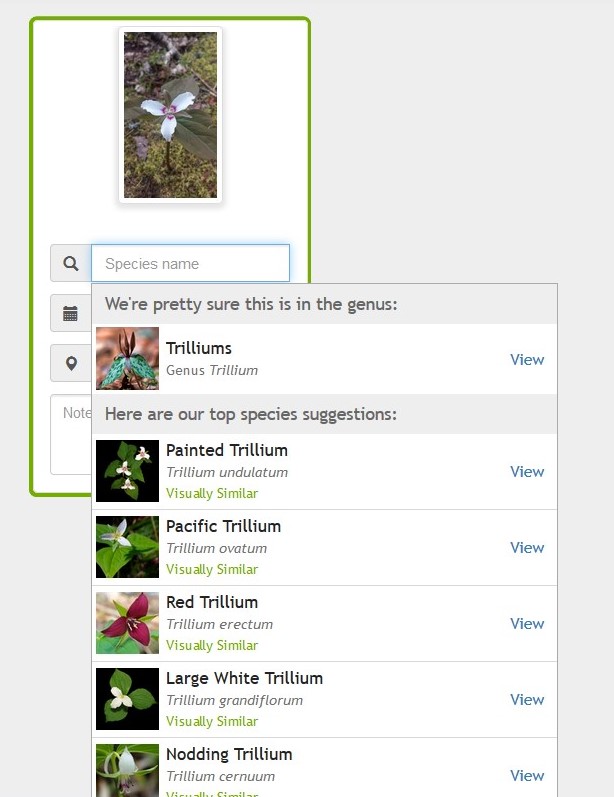
Think about the word nature.
What sort of images come to your mind? A wild forest? A rugged mountain chain?
These aren’t unusual responses to the prompt. Most Canadians think of nature as endless expanses of forest, crystal-clear mountain lakes and wild animals. Nature is spectacular, postcard-worthy places that leave us in awe. In contrast, cities are concrete jungles, not somewhere we associate with nature.
But there is plenty of nature in the city. It’s in vacant lots, our backyards and it sneaks up through the cracks in the pavement. It seems mundane, and it’s easy to walk by and not even notice it. And it’s actually pretty cool once you get to know it.
Inspired by folks in the UK, I have been chalking the names of some of these plants on the sidewalk, trying to introduce people to the forgotten plants of our city. There are dozens of different kinds of plants that grow alongside our sidewalks, such as clover, shepherd’s purse and nightshade. Personally, my favourite is pineapple weed. It doesn’t look like much – it’s a pretty, low-growing plant with small round yellow flowers about the size of your pinky nail, but if you crush one of the flowers between your fingers it smells EXACTLY like pineapple.

I challenge you to get to know the nature in your own neighbourhood, to see the beauty in the mundane. It’s amazing what you see once you start looking for it, and you can turn a simple walk around the city into a nature treasure hunt.
Find something cool? Share it on iNaturalist – an online community of citizens and biologists working to share and map nature all over the world. The app will help you identify what you saw and the dataset created in the app has helped biologists all over the world with their research on things like urban butterflies, rare bumblebees, and urban coyotes and foxes. Scientists can’t be everywhere – you can help us fill in the blanks and learn more about the nature around you!











